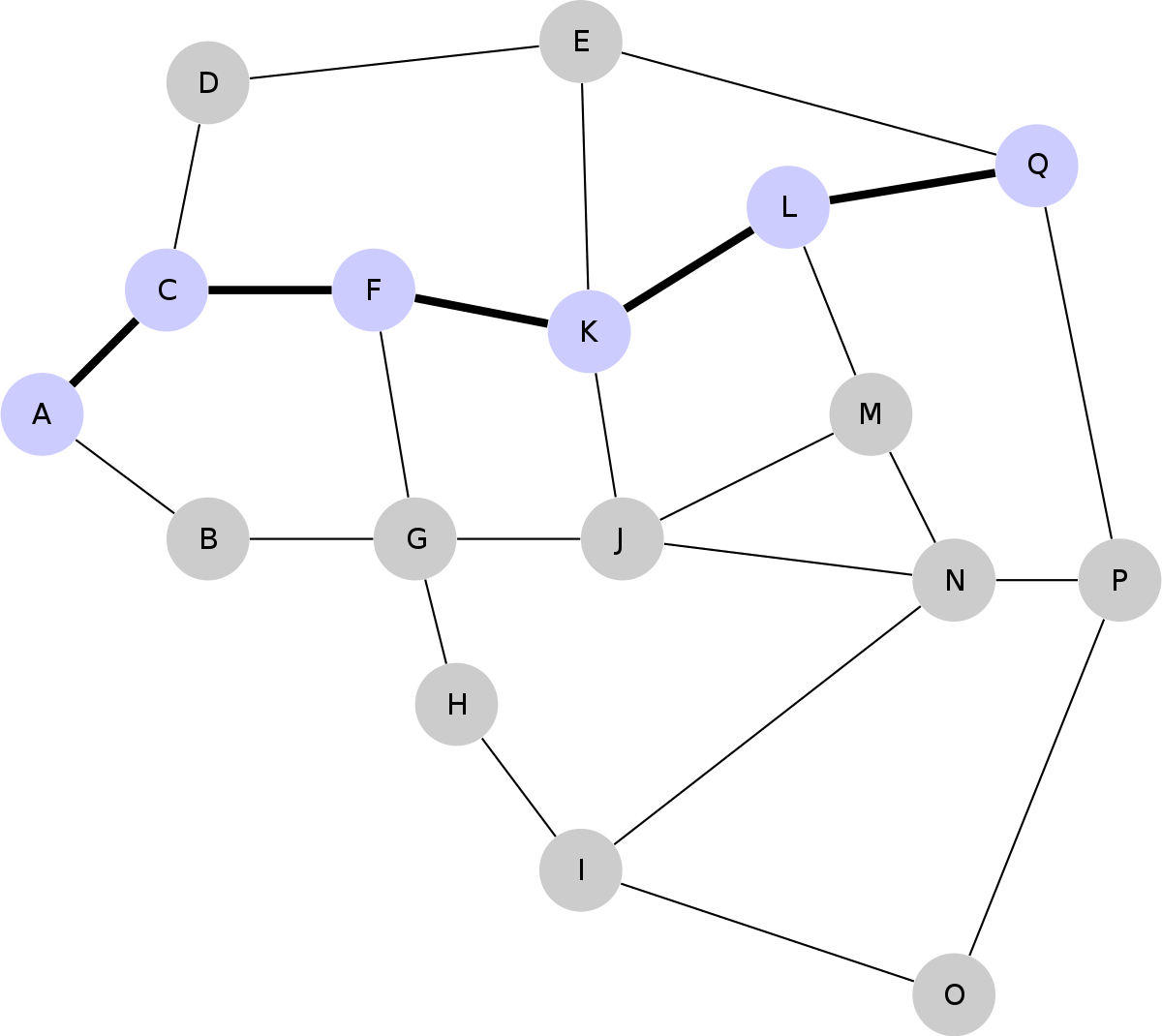When you make a payment on the Lightning network, that payment is routed through nodes that you're connected to, and the nodes that those nodes are connected to, and so on.

Nodes are connected to each other through Lightning channels.
In order to find a route through those nodes, there must be sufficient liquidity in each channel along the route that matches or exceeds the amount of the payment you're sending.
The amount that you're able to send and receive is dependent on the path your payment is able to take, the liquidity available in that path, and the amount of inbound and outbound liquidity in the channels along the payment path.
What's the difference between inbound and outbound liquidity?
Inbound liquidity denotes the amount you're able to receive to your node, and outbound liquidity denotes the amount you're able to send from your node.
When you open a channel to another node, you are generally giving yourself outbound liquidity, and giving the other node inbound liquidity.
Likewise, when another node opens a channel to you, you have inbound liquidity through that channel.
Over time, as payments are made within the channels, the amount of inbound and outbound liquidity between two connected nodes will change.
In general, the more channels you have open with sufficient liquidity, the better your payment reliability will be.
